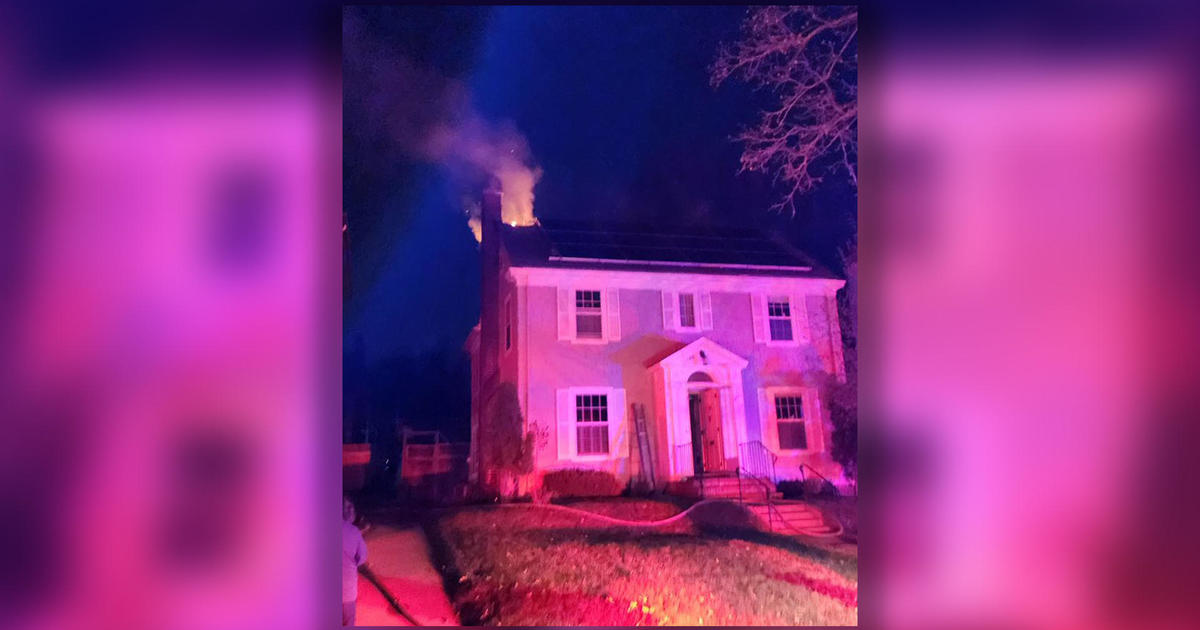Good Question: Do Black Bears Have To Be Put Down?
MINNEAPOLIS (WCCO) -- There are 10,000 – 15,000 black bears in the state of Minnesota. So it's no surprise that every once in a while, one of them takes a detour into the cities.
Angie Murad has been keeping up with the male black bear that's wandered through Savage, Burnsville, Eagan and likely close to her home in Apple Valley.
"I heard they shot the bear and I thought that was so ridiculous that they didn't tranquilize him," Murad said.
Like many viewers we've heard from, Murad doesn't like that the bear was shot and wounded by an officer in Savage.
"I just don't understand why they have to kill the bear," she said.
Captain Greg Salo of the Minnesota Department of Natural Resources says once a black bear gets a taste of what's in your birdfeeder or in your garbage, they'll keep coming back because it's easy access.
"If they aren't afraid of you, then we start to have problems," Salo said.
Cynthia Osmundson with the DNR says relocating a bear means they'll continue the behavior somewhere else.
"The problem will be passed on to someone else, so we just do not get into the business of relocating bears," Osmundson said.
The DNR also says tranquilizers are tricky. Certification is complicated and it's hard to know what the right dosage is for a black bear between 100 and 130 pounds.
Plus, they say it can take time for the tranquilizer to kick in. And a bear that's been shot by a tranquilizer gun is more likely to run into a neighborhood or into a busy road and busy traffic.
"We hope that it moves on and doesn't have to be destroyed. That's our first hope," Salo said.
The DNR isn't actively pursuing the bear, but rather are hoping it makes its way back to the river corridor it came down.
In the mid-80s, the DNR shot 400 nuisance bears. That number was down to 25 last year.
The DNR has given local law enforcement the power to deal with a nuisance bear in the safest and most humane way possible.
They say if a bear is between the 494 and 694 loop in the Twin Cities, they are more likely to put the bear down quickly because of the high number of people and traffic.
Salo says traps are often ineffective because bears have other food sources, and the trap doors are dangerous for small children.



